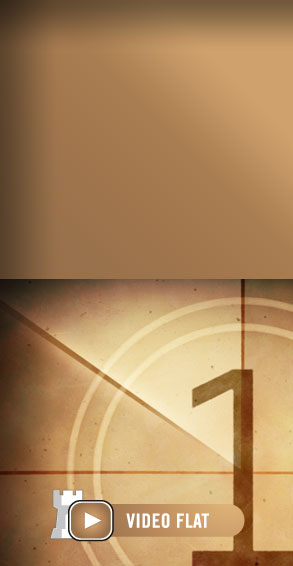Werner Keym loves classical three-movers, moremovers and studies, especially with asymmetry, castling, pawn promotion. Another focus is off-beat problems: en-passant capture, rotation, adding pieces, retro puzzles, text problems, proof games, special stipulations, jokes, etc. "Such curiosities are entertaining, exciting, funny – and often even computer-defying," he says. His preferences are reflected in the 250 examples in his book Problem Chess Art, which is meant to entertain, rather than teach.
Here are some examples of the problems you will find in his book.
From Problem Chess Art
In 1845, the first Indian problem was published, named after its author Henry A. Loveday, a correspondent from Delhi in India. ‘This problem... made history in the world of the chess problem by introducing a strategic idea, battery formation with the avoidance of stalemate after a piece has moved across a critical square, over which the bishop passes to allow the rook to form a battery, so that the black king is not in stalemate’ (Dickins/Ebert).
Loveday’s first realization was a four-mover with 13 pieces and 9 key moves. No. 20 in Problem Chess Art shows the Indian idea in a perfect form.
In a Roman a black piece having an effective defence against a threat is decoyed to a square from which it can still defend against that threat, but its new defence carries a harmful weakness. In No. 21 we see a perfect double Roman.
You can enter moves on the diagrams above and try to find the mates in three. The diagram will defend for Black. Click on the Notation button below the board to see your progress.
Problems for your enjoyment
Here are some problems selected by the author for you to solve. They are his favourites. Once again the diagrams will defend and try to stop the mate in the specified number of moves.
The solutions to all the above problems will be posted in a few days
From Mating with a queen; a rook; two bishops; a knight and a bishop; to the basics of pawn endgames – here you will gain the necessary know-how to turn your endgame advantages into victories!
.jpeg)






















